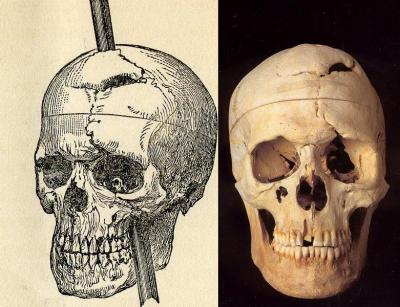In 1997, psychologist Arthur Aron and his team published a paper explaining how to accelerate the development of intimacy between two people. The team came up with a list of 36 questions divided in to three sets – each set with more probing questions than the last – and made a pair of strangers answer each question in order. In later versions of the study, participants were also told to lock eyes for four minutes after finishing the questions, to create even more intimacy.
The team found that this method significantly increased the closeness felt between two people compared to standard small talk. More interestingly, even if people had different personalities (e.g. introvert and extrovert), or one person thought the other did not share any commonalities with them, the method worked.
It does not take a scientist to figure out why this method is so effective in fostering closeness. We feel close and connected to people who we feel we can open ourselves up to. When we love someone, we reveal our physical weak spots, such as showing our neckline or exposing our torso as we greet them with a hug. We also open up our psychological weak spots: our vulnerabilities, our insecurities and our neuroses.
When the other person reciprocates by showing us their own inner selves (instead of bolting out the door), we feel safe as we trust them not to hurt us. We allow them to see who we really are behind the mask and shield, welcoming the connection between our souls.
The foundation of a strong relationship is open communication, honesty, mutual trust and understanding. The questionnaire is simply a rough beginner’s guide to exploring each other’s identity, so that we can learn more about ourselves and each other. It means that if we want to connect with someone, we must talk to them openly, rather than trying to investigate their lives via social media, assuming their thoughts and intentions, or playing games.
The questions are as follows. Try completing it with someone you wish to get to know better, ideally in a comfortable, peaceful space.
Set I
1. Given the choice of anyone in the world, whom would you want as a dinner guest?
2. Would you like to be famous? In what way?
3. Before making a telephone call, do you ever rehearse what you are going to say? Why?
4. What would constitute a “perfect” day for you?
5. When did you last sing to yourself? To someone else?
6. If you were able to live to the age of 90 and retain either the mind or body of a 30-year-old for the last 60 years of your life, which would you want?
7. Do you have a secret hunch about how you will die?
8. Name three things you and your partner appear to have in common.
9. For what in your life do you feel most grateful?
10. If you could change anything about the way you were raised, what would it be?
11. Take four minutes and tell your partner your life story in as much detail as possible.
12. If you could wake up tomorrow having gained any one quality or ability, what would it be?
Set II
13. If a crystal ball could tell you the truth about yourself, your life, the future or anything else, what would you want to know?
14. Is there something that you’ve dreamed of doing for a long time? Why haven’t you done it?
15. What is the greatest accomplishment of your life?
16. What do you value most in a friendship?
17. What is your most treasured memory?
18. What is your most terrible memory?
19. If you knew that in one year you would die suddenly, would you change anything about the way you are now living? Why?
20. What does friendship mean to you?
21. What roles do love and affection play in your life?
22. Alternate sharing something you consider a positive characteristic of your partner. Share a total of five items.
23. How close and warm is your family? Do you feel your childhood was happier than most other people’s?
24. How do you feel about your relationship with your mother?
Set III
25. Make three true “we” statements each. For instance, “We are both in this room feeling…”
26. Complete this sentence: “I wish I had someone with whom I could share…”
27. If you were going to become a close friend with your partner, please share what would be important for him or her to know.
28. Tell your partner what you like about them; be very honest this time, saying things that you might not say to someone you’ve just met.
29. Share with your partner an embarrassing moment in your life.
30. When did you last cry in front of another person? By yourself?
31. Tell your partner something that you like about them already.
32. What, if anything, is too serious to be joked about?
33. If you were to die this evening with no opportunity to communicate with anyone, what would you most regret not having told someone? Why haven’t you told them yet?
34. Your house, containing everything you own, catches fire. After saving your loved ones and pets, you have time to safely make a final dash to save any one item. What would it be? Why?
35. Of all the people in your family, whose death would you find most disturbing? Why?
36. Share a personal problem and ask your partner’s advice on how he or she might handle it. Also, ask your partner to reflect back to you how you seem to be feeling about the problem you have chosen.











